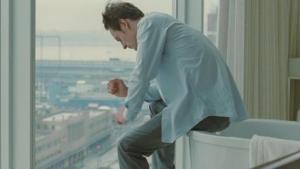
My Mother She Killed Me, My Father He Ate Me is a collection of stories inspired by classic fairy tales written by a wide array of contemporary authors.
The title of the collection is a phrase borrowed from the Grimm’s Tale of the Juniper Tree, reinvented in this collection in Alissa Nutting’s story, The Brother and the Bird. It’s an excellent title as it calls to mind so many of the dark and complicated threads that make up the fairy tales we all know so well: family, betrayal, murder, violence, and complicity.
The stories within the collection, each “riffing” on some extant bit of folklore, explore the marrow and whimsy of the genre with varying degrees of success.
Most of the writers deal in creative retellings or explorations of familiar themes, but a few seem to delight in simply wallowing in the grotesque, describing evocative but disconnected images and happenings in a truly esoteric and brutal phantasmagoria. These few did nothing for me.
I like the shit, blood, and viscera in my fairy tales to be a menacing undercurrent that bubbles over and bursts vividly to the surface of the narrative from time to time, not a stagnant pool that the author feels compelled to drown me in.
Still, there are instances of the sublime in the collection that make it well worth picking up.
In the previously mentioned, The Brother and the Bird, Alissa Nutting creates one of the most terrifying step-mother’s you are ever likely to find in a genre that is rife with them. When she describes the woman, perpetually clad in hairnets and bright yellow cleaning gloves, you can practically see and smell a toxic curl of cleaning poisons hissing off of the page.
I enjoyed Neil Gaiman’s story, Orange very much. It is a tale of self tanning gone fantastically wrong and it is told cleverly and exclusively through the answers to unheard questions in a government interrogation. I’m not always a fan of Gaiman, but I found this to be delightfully funny and blessedly short in a collection of heavy and lengthy tales.
The real stand out in the collection for me was Aimee Bender’s The Color Master. It is an exploration of the doings of some unseen side characters in the classic French tale, Donkeyskin. The entire thing is so gorgeous and lyrical, I won’t embarrass myself by trying to describe it any more than that.
I’ve enjoyed my near constant immersion in fairy tales these past few months, but I am definitely ready for something longer and with a steadier plot.
Onward!





